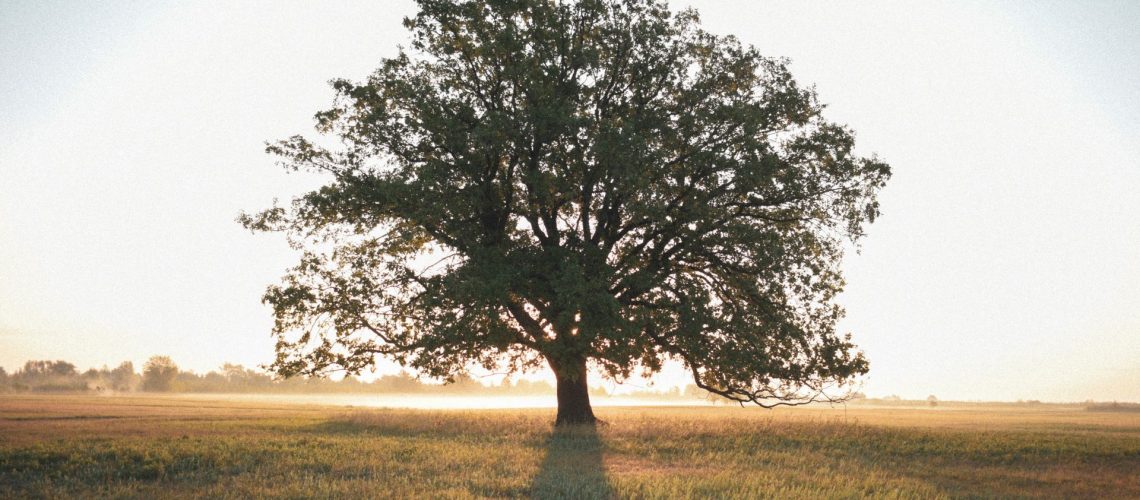By: Ariel Hampton, Legal & Governmental Affairs Manager
When it comes to end-of-life planning, two typical forms of disposition account for most within the US: traditional burial and cremation with flames. However, there are other options that may bring you and your loved ones a greater sense of comfort. One of those options is natural organic reduction.
What is Natural Organic Reduction?
Natural organic reduction, also known as human composting, is the transforming remains into nutrient-rich soil. The process requires adding the remains and organic materials to a vessel. The vessel’s temperature is carefully maintained while the microbes convert the contents into soil. This soil becomes a living memorial to those who have passed. Whether someone wants to use the soil to plant a tree or allow a loved one to rest in a nature preserve, there are options to suit different people.
The low-carbon footprint makes it a great choice for those who are concerned for the environment compared to other forms of disposition like traditional burial and cremation with flames. The other forms of dispositions are sources of greenhouse gasses, have additional emissions from related manufacture and transportation, and are more energy intensive when compared to human composting.
Other Environmentally-friendly Options
Another alternative to traditional cremation is alkaline hydrolysis or water cremation. IEC and some of our partners visited the Aqua Cremation Center in Morris, IL to get a look at the process. The remains are placed in a metal chamber with water and alkaline chemicals, usually sodium hydroxide or potassium hydroxide. Afterward, the operator subjects the contents of the chamber to heat, agitation, and/or pressure for hours. This process leaves bone and any metal implants within the chamber and the byproduct known as effluent can be discharged through ordinary wastewater treatment systems. The bone is then pulverized into ash and collected.

IEC’s Natural Organic Reduction Policy Work
While the Illinois Department of Financial and Professional Regulation can make rules for “green burial,” there is little information available about what that means. Natural organic reduction is also not in statute. IEC, along with one of our environmental champions, Representative Kelly Cassidy, sought to add natural organic reduction as an option. While this legislation (HB4552) stalled earlier this year, our partners and we are still working on adding this eco-friendly disposition option.
Leaving a Sustainable Legacy for Generations to Come
With the current widely used burial practices, there are many issues to be aware of from emissions of carbon dioxide, and the toxins from cremation to the toxins in embalming fluid. These burial practices not only result in emissions and toxins throughout the process, but they also do not take emissions out of the environment. We have to consider the immediate and long-standing impacts we have even after we leave here. We do not want to burden those that we leave here.
People tend to avoid talking about death for many reasons. While there are fears of the unknown and such discussions serve as a reminder of one’s mortality, end-of-life planning waits for no one, and our legacy is at stake. Please consider whether you would like to visit a forest, an urn, or a cemetery.

